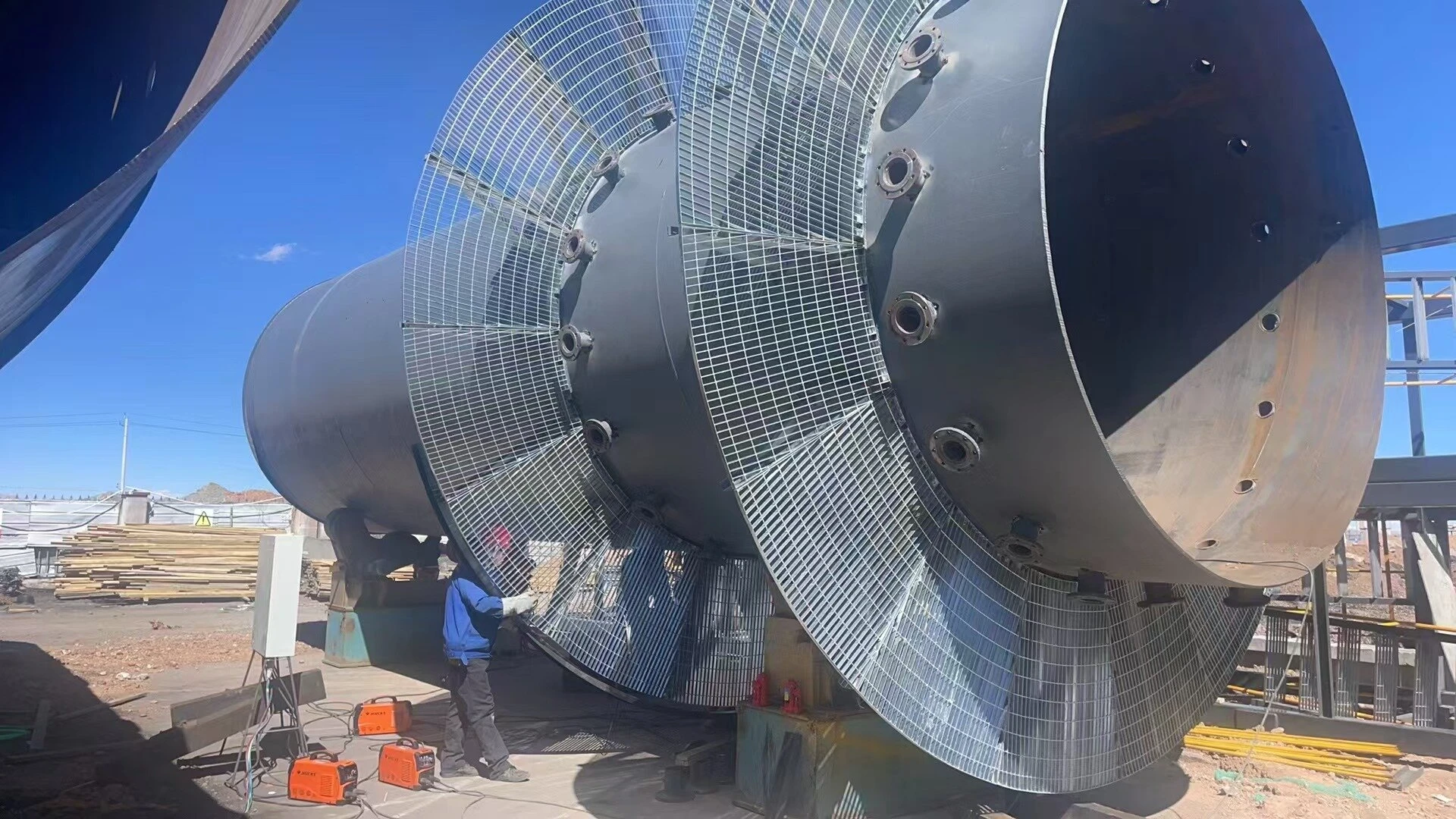
يونيو . 01, 2025 04:19 Back to list
Prevent Steam Boiler Corrosion Durable Anti-Corrosion Solutions
- Industry costs of steam boiler corrosion
- Primary corrosion mechanisms explained
- Next-generation corrosion prevention technologies
- Manufacturer comparison for corrosion resistance
- Application-specific engineering protocols
- Pharmaceutical plant case study
- Steam generator enhancements for durability

(steam boiler corrosion)
The $2.3 Billion Impact of Steam Boiler Corrosion
Corrosion remains the primary cause of steam boiler system failures, costing process industries $2.3 billion annually in downtime and replacement parts according to NACE International. Metal degradation in boilers operating above 100 PSI accelerates exponentially - a mere 0.5mm thickness loss increases rupture risk by 47%. Oxygen pitting alone accounts for 72% of unexpected shutdowns in facilities using make-up water, with repair costs averaging $180,000 per incident. Chemical treatments add recurring expenses ranging from $15-$50 per operational hour. These preventable losses directly impact production capacity and maintenance budgets.
Mechanisms of Metal Degradation
Three fundamental corrosion pathways compromise boiler integrity. Galvanic corrosion occurs when dissimilar metals contact within feedwater systems - copper alloys accelerating steel deterioration at 0.5mm/year. Below pH 8.5, acid attack dissolves protective magnetite layers at 65mg/cm² daily. Most destructively, dissolved oxygen exceeding 7ppb creates pinhole penetrations propagating at 3.2mm/month in carbon steel, particularly at weld points experiencing thermal stress. Cyclic operation below saturation temperature induces condensate line corrosion, with carbonic acid forming when CO2 dissolves during shutdowns. Each mechanism necessitates distinct mitigation strategies.
Advanced Protection Technologies
Modern steam boiler designs integrate multi-layered protection. Thermal spray aluminum coatings form sacrificial barriers, reducing corrosion rates by 96% in high-chloride environments. Polarization resistance monitoring detects anodic activity at 0.1mA precision, triggering automated chemical dosing. For high-pressure boilers (≥600PSI), duplex stainless steel tube bundles exhibit 35% greater pitting resistance than 316L alloys. Continuous deaeration systems now achieve <1ppb dissolved oxygen, a critical improvement over legacy deaerators limited to 15ppb. These technologies extend service life beyond 300,000 operating hours.
| Manufacturer | Key Technology | Corrosion Rate (mpy) | Operating Pressure | Lifecycle Cost/Year |
|---|---|---|---|---|
| Clayton Industries | Vapor-Phase Neutralization | 0.8 | 250 PSI | $36,800 |
| Miura America | Low-Oxygen Combustion | 1.2 | 350 PSI | $42,750 |
| Cleaver-Brooks | Coated Firetubes | 1.6 | 600 PSI | $68,300 |
| Babcock & Wilcox | Cathodic Protection | 0.5 | 1200 PSI | $93,400 |
Application-Specific Configuration Protocols
Effective corrosion management requires customized engineering solutions. For textile plants cycling boilers 8-12 times daily, we specify condensate receivers with nitrogen blankets to maintain oxygen scavenger residuals above 85%. Food processing facilities benefit from triplex feedwater systems with redundant deaerators ensuring continuous operation during cleaning cycles. Coastal installations require specialized water treatment integrating membrane filtration and vapor compression at 1.25:1 steam-to-concentrate ratios to manage chloride concentrations below 40ppm. Each design modification targets the specific corrosion vectors present.
Pharmaceutical Facility Failure Analysis
A Bay Area biologics plant experienced repetitive tube failures in their 100BHP boiler despite conventional chemical treatment. Ultrasonic testing revealed localized pitting at 0.37mm depth around circumferential welds. After implementing three corrective measures - replacing carbon steel steam drums with 2205 duplex stainless steel, installing continuous oxygen analyzers with <3ppb detection limits, and switching to catalyzed sulfite programs - corrosion rates decreased from 28mpy to 1.3mpy. System availability increased from 83% to 98.7% annually, preventing $460,000 in lost production from unscheduled downtime.
Boiler Steam Generator Design Advancements
Contemporary steam generator configurations specifically address corrosion vulnerabilities through innovative design. Forced circulation models eliminate problematic low-flow zones where corrosion initiates. Single-tube steam generators replace traditional tube bundles with helical coils, reducing circumferential stress by 78%. Advanced units incorporate continuous blowdown concentrators that maintain total dissolved solids below 7500ppm regardless of feedwater fluctuations. These steam generators demonstrate 25-year service life in cogeneration plants when paired with modern monitoring systems and controlled water chemistry.

(steam boiler corrosion)
FAQS on steam boiler corrosion
Q: What causes corrosion in a steam boiler?
A: Corrosion in steam boilers is primarily caused by oxygen, acidic water (low pH), or dissolved solids reacting with metal surfaces. Poor water treatment, improper maintenance, or leaks can accelerate this process. Regular chemical treatment and deaeration help prevent corrosion.
Q: How does a steam boiler differ from a steam generator?
A: Steam boilers store large volumes of water to produce steam, while steam generators heat water on-demand without storage. Boilers are suited for continuous high-capacity steam needs, whereas generators are compact and efficient for intermittent use. Both require corrosion prevention measures.
Q: What are common signs of steam boiler corrosion?
A: Visible rust, pitting on metal surfaces, or sludge buildup in the boiler indicate corrosion. Reduced efficiency, unusual noises, or leaks may also signal issues. Immediate inspection and water testing are critical to address root causes.
Q: How can corrosion in industrial steam boilers be prevented?
A: Use oxygen scavengers, maintain proper pH levels, and implement regular water treatment programs. Installing sacrificial anode rods and conducting routine inspections also minimize corrosion risks. Ensuring airtight systems prevents oxygen ingress.
Q: Why is corrosion more problematic in steam boilers than in hot water systems?
A: Steam boilers face higher temperatures and pressure, accelerating chemical reactions that degrade metal. Condensate return systems in steam setups can reintroduce oxygen, worsening corrosion. Hot water systems operate at lower stress, reducing corrosion severity.
-
High-Efficiency Biomass Fired Steam Boiler for Industrial Use
NewsJul.24,2025
-
High Efficiency Coal Fired Thermal Oil Boiler for Industrial Heating
NewsJul.23,2025
-
High-Efficiency Gas Fired Thermal Oil Boiler for Industrial Heating
NewsJul.22,2025
-
High-Efficiency Commercial Steam Boilers for Sale | Oil & Gas
NewsJul.22,2025
-
Reliable Biomass Thermal Oil Boiler Manufacturers
NewsJul.21,2025
-
Steam Boiler System Diagram & Schematic Efficient Heating Solutions for Industry
NewsJul.08,2025
Related PRODUCTS






















